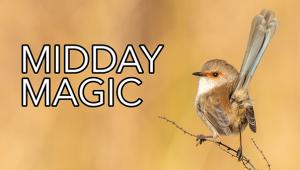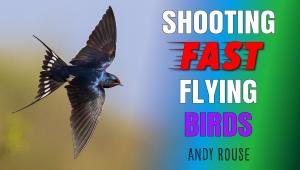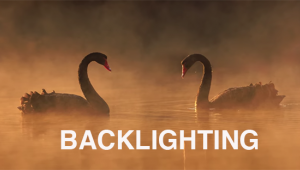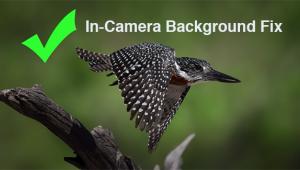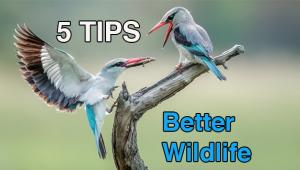When to BREAK the “Rule of Thirds” and Use These 3 Framing Methods Instead (VIDEO)

Most photographers are familiar with the Rule of Thirds, a popular compositional aid that helps determine where to position the key element of a photo within the frame. But as we all know, rules are meant to be broken, and when it comes to composition there are often better options for composing a shot.
Simply put, with the Rule of Thirds you divide a scene with two vertical and two horizontal lines across the frame, and place your primary subject at one of the points where these evenly spaced lines intersect. In many cases, this easy trick results in a compelling composition, but as you’ll see in the video below, other times there’s a better approach.

The point of any compositional aid is to direct a viewer’s eye toward what you feel is the most important aspect of a scene, and in this tutorial Sabine Stols explains when it’s best to ignore the Rule of Thirds in favor of three other methods for framing a scene. Stols is a photographer, instructor, and tour guide who spends most of her time in the wilds of Africa, and she employs her incredible imagery to illustrate her techniques.
In just seven minutes Stols provides a quick overview of the Rule of Thirds, and discusses when it’s worth using. Then she demonstrates three ways to break the rule that can make you a better wildlife and nature photographer. As she notes, whatever approach you take, it’s almost always best to avoid placing a key subject dead center in the frame.
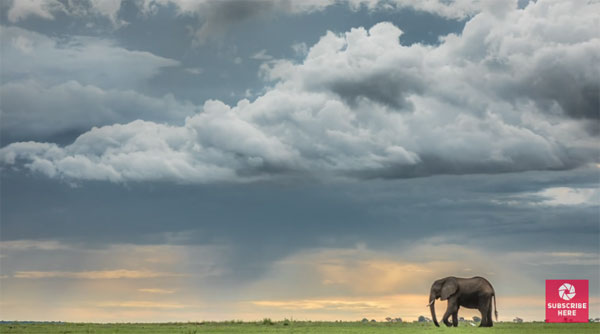
Stols illustrates how proper composition can impart a dynamic sense of movement to an image, an attribute that’s particular important when photographing animals in the wild. But this holds true for all sorts of imagery, include landscape and action sports photography. It’s all about telling a story with your images, and conveying the notion that something was happening when the shot was captured.
So watch the video, try Stols’ three unconventional composition techniques, and make your images stand out from the rest. Then head over to her YouTube channel for more great advice. We also encourage you to check out another helpful tutorial we posted recently, with the best camera settings for photographing backyard birds.



